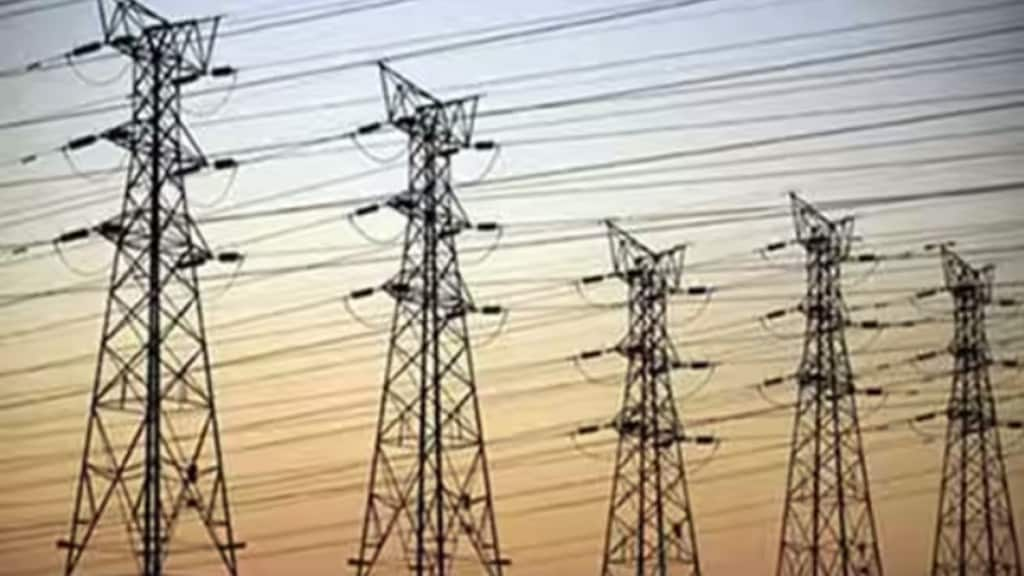– By Suranjit Mishra
The Indian power sector is currently undergoing a significant transformation, marked by a decade-long process that encompasses multiple dimensions and objectives. Firstly, there is the quantitative challenge of increasing production to meet the rapidly growing power demand. Secondly, there is the qualitative challenge of enhancing the contribution of non-fossil sources to power generation. Furthermore, it aims to eliminate traditional fault lines in both generation and distribution processes, marking a decisive stage in the sector’s evolution driven by recent government-led reforms.
Let us look at specific initiatives, challenges, and trends shaping the landscape of the Indian power distribution sector:
Revamped Distribution Sector Scheme (RDSS): Revitalizing Discoms:
The power distribution domain, traditionally deemed a challenging landscape, is experiencing a notable shift. The Revamped Distribution Sector Scheme (RDSS), initiated as a five-year program (up to 2026) with an outlay of Rs 3 trillion, is proving instrumental in rejuvenating distribution and Discoms’ management. The key initiatives include network strengthening, smart metering, and capacity building. RDSS, coupled with previous programs like Saubhagya and Deen Dayal Upadhyaya Gram Jyoti Yojana (DDUGJY), has instilled a focused approach, making Discoms more disciplined in their operations and encouraging them to play a pivotal role in achieving universal electrification.
Signs of Discom Revival:
Some of the data available in the public domain vis-à-vis early signs of Discom revival due to ongoing reforms present a promising scenario. Notably, the average AT &C (aggregate technical and commercial) loss of power utilities (about 110 entities currently operating in the country) has significantly decreased, dropping from 22.23 percent in FY 20-21 to 16.44 percent in FY 21-22 (1). According to a recent statement by the Government, there has been an enhancement in the average revenue realization by Discoms. This improvement is attributed to the timely payment of subsidies and dues by the government department, further affirming positive trends. Remarkably, Discom losses in FY22 have witnessed a substantial decline of 61 percent (on a cash-adjusted basis), indicating an improvement in the Average Cost of Supply (ACS) – Average Realizable Revenue (ARR) gap.
The Complexities of Implementing India’s New Discom Scheme in 2024:
As India’s power distribution sector undergoes a transformative phase, the focus on the new scheme for discoms has intensified, promising progressive strides in 2024. A pivotal aspect of this evolution lies in the effective management of smart meter data, necessitating a robust meter data management system capable of handling vast amounts of information. This challenge is further compounded by the imperative to secure funding and establish a sustainable financing model for the widespread deployment of smart meters. It is noteworthy to mention, the implementation of smart meters, coupled with IT-OT, is poised to enhance both the operational and financial performance of the sector. Simultaneously, the need to address data privacy and cyber security concerns surrounding smart meter data adds another layer of intricacy to the implementation process. This is further accompanied by the management of costs which becomes paramount in the face of raw material price volatility and Right-of-Way (RoW) issues. Navigating these multifaceted challenges demands a comprehensive and strategic approach, ensuring the successful integration of the new discom scheme while fostering the growth and resilience of India’s power distribution sector.
Expedited Reforms and Future Imperatives:
While recent trends suggest positive strides in Discom reforms, stakeholders must accelerate the reform process, specifically prioritizing the implementation of critical initiatives like RDSS, potentially extended for another five years. Addressing challenges such as the high ACS-ARR gap and heavy reliance on borrowing for operational expenses necessitates a swift and efficient reform process. Adopting smart metering, digital solutions, and advanced distribution management systems, including AI/ML, is crucial for success. Furthermore, Discoms must align with renewable generation, integrate technology for Distributed Energy Resources (DERs), and enhance storage systems. These operational reforms are contingent upon Discoms initiating and embracing a structural makeover.
Corporate Governance and Structural Makeover:
To ensure the success of power distribution reforms, a comprehensive structural makeover within Discoms is imperative. Presently, less than 20 percent of Discoms have an adequate number of independent directors, emphasizing the necessity for enhanced corporate governance. The swift adoption of improved financial reporting and human resources best practices, coupled with an efficient board structure, is vital for progress. Notably, recent guidelines issued by the Ministry of Power are designed to elevate corporate governance standards within Discoms, paving the way for a more efficient and accountable sector.
Gearing up for 2024:
Despite challenges, the power distribution sector is positioned for positive growth. By prioritizing the efficient implementation of reforms and adhering to governance principles, the Indian power sector embarks on 2024 with optimism, anticipating significant progress in achieving transformative objectives.
(Suranjit Mishra is the Chief Financial Officer & Corporate Governance at Tata Power-DDL.)
(Disclaimer: Views expressed are personal and do not reflect the official position or policy of Financial Express Online. Reproducing this content without permission is prohibited.)


